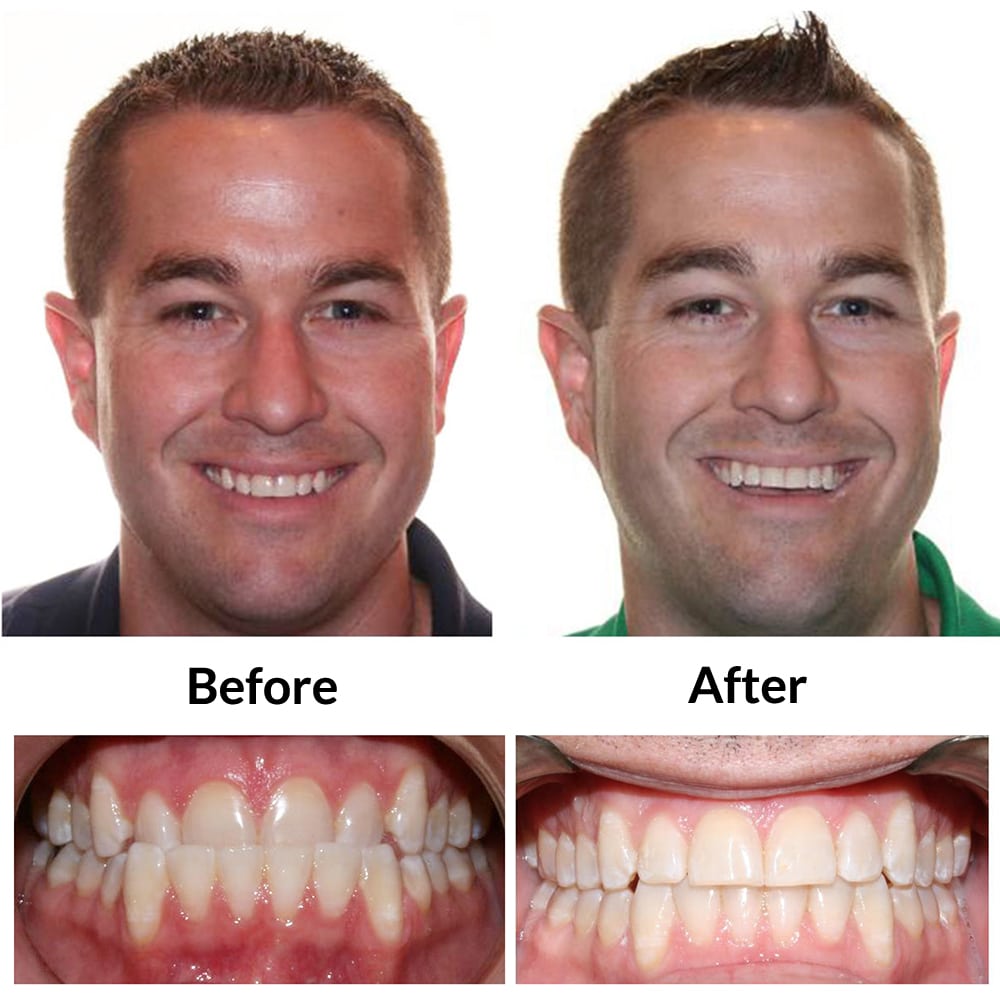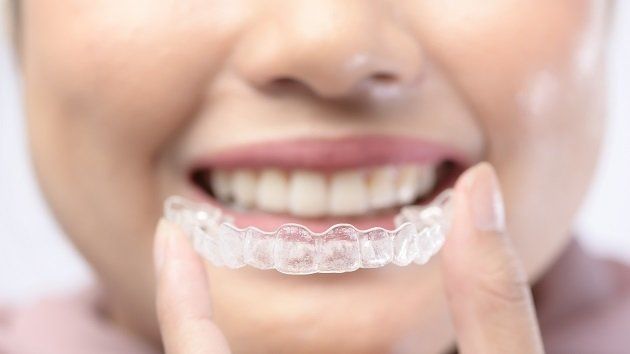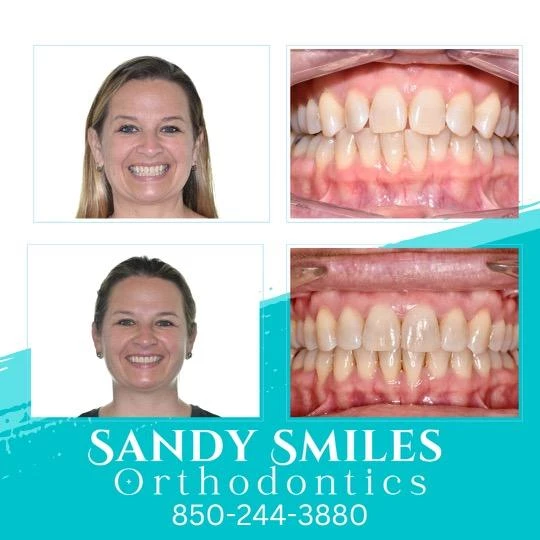Leading Factors to Choose Invisalign Over Other Orthodontic Treatments
Leading Factors to Choose Invisalign Over Other Orthodontic Treatments
Blog Article
Invisalign vs. Traditional Dental braces: Which Option Is Right for You?
When taking into consideration orthodontic therapy, the choice in between Invisalign and typical dental braces provides numerous important elements that merit mindful evaluation. Invisalign supplies a discreet option with removable aligners, while traditional braces supply an extra noticeable yet reliable solution for severe misalignment. Each option encompasses distinct advantages and disadvantages related to looks, comfort, treatment duration, and expense. Recognizing these subtleties is crucial for making an educated decision that aligns with your individual choices and way of living. The inquiry continues to be: which option will finest meet your orthodontic needs and expectations?
Introduction of Treatment Alternatives

On the other hand, traditional braces include metal braces and cables that are bonded to the teeth. This approach applies continual pressure with time to accomplish alignment. While effective for intricate orthodontic problems, standard braces call for regular brows through for modifications and can posture challenges in preserving oral health as a result of the difficulty of cleansing around wires and brackets.
Both alternatives have their advantages, and the selection often depends upon specific oral conditions, way of living preferences, and individual conformity. Ultimately, getting in touch with an orthodontic professional is vital for establishing the most appropriate therapy strategy customized to private demands. Understanding the nuances of each option can substantially affect the total success of orthodontic treatment.
Visual Considerations
A considerable aspect affecting the option in between Invisalign and conventional braces is the aesthetic appeal each therapy offers. Invisalign aligners are crafted from clear plastic, making them practically unnoticeable when worn. This discreet look is specifically appealing to adults and young adults that may feel self-conscious concerning their orthodontic therapy. The capability to preserve a natural smile throughout the alignment procedure can dramatically boost the individual's confidence in expert and social settings.
In contrast, typical dental braces include steel brackets and cords, which can be extra recognizable. While innovations in orthodontic modern technology have led to the growth of smaller brackets and tinted elastics, typical braces still keep a more obvious profile. For some people, the presence of dental braces may deter them from looking for necessary therapy.
Eventually, the choice between Invisalign and traditional dental braces may rest on personal choices relating to aesthetic appeals. People who focus on discretion often lean towards Invisalign, while those who are less concerned about visibility might select traditional braces. Understanding the aesthetic ramifications of each choice is critical for making a notified choice that aligns with one's way of life and choices.
Comfort and Convenience

In terms of convenience, Invisalign aligners are removable, making it possible for patients to appreciate their favored foods without limitation and maintain optimum dental hygiene. Brushing and flossing are streamlined, as the aligners can be secured during these routines, whereas typical braces require cautious steering around braces and cords.
In comparison, conventional braces demand regular modifications, making them much less check over here hassle-free for those with hectic timetables. Generally, the convenience and ease of Invisalign make it an attractive option for numerous people seeking orthodontic therapy.
Treatment Duration and Efficiency
While both Invisalign and traditional braces are efficient in fixing oral misalignments, the period of treatment can differ significantly between both alternatives. Commonly, Invisalign therapy can take anywhere from 12 to 18 months, depending upon the complexity of the instance. The clear aligners function by gradually moving teeth into their desired positions, and normal follow-ups with an orthodontist aid make sure development continues to be on track.
On the other hand, typical braces commonly call for a longer dedication, generally ranging from 18 months to 3 years. This results from their fixed nature and making use of brackets and wires, which can be more reliable for severe misalignments and complicated instances (Invisalign). The therapy effectiveness of standard braces is well-documented, as they enable for precise modifications and higher control over tooth activity
Eventually, the choice in between Invisalign and typical dental braces may rest on both the awaited therapy duration and the specific oral issues handy. Consulting with an orthodontist is vital, as they can offer customized suggestions based upon individual requirements, making certain the picked approach aligns with wanted results and durations.
Cost Comparison and Insurance Options
Price plays a substantial duty in the decision-making procedure for people considering orthodontic therapy, whether choosing for Invisalign or typical dental braces. On standard, the cost of Invisalign ranges from $3,000 to $8,000, while conventional braces usually cost between $2,000 and $6,000. Elements affecting these expenses consist of the complexity of the situation, the period of therapy, and geographical place.
Insurance policy protection can dramatically affect out-of-pocket expenditures. Numerous dental insurance coverage plans supply partial protection for orthodontic therapies, but the specifics can differ extensively. It is important for clients to evaluate their insurance coverage to figure out the extent of insurance coverage for either choice. Typically, standard braces might be more often covered by insurance coverage plans compared to Invisalign, which some insurance providers classify as a cosmetic treatment.
In addition, numerous orthodontic visit this website methods offer versatile settlement strategies, making both treatment alternatives a lot more easily accessible. Individuals should ask about potential funding options and discounts for in advance repayments. Evaluating the overall expense, including insurance policy advantages and repayment strategies, is crucial for making an informed choice that aligns with both visual choices and spending plan factors to consider.

Final Thought
In recap, the option between Invisalign and standard dental braces hinges on numerous factors, consisting of visual choices, comfort, treatment duration, and cost. Invisalign supplies a very discreet, detachable option that facilitates dental health and dietary flexibility, while conventional braces might be preferable for intricate oral problems and typically come at a lower cost point. Ultimately, consultation with an orthodontist is important to evaluate individual conditions and establish one of the most appropriate treatment option for attaining optimal dental alignment.
When taking into consideration orthodontic therapy, the selection in between Invisalign and standard dental braces provides several essential variables that merit cautious analysis.Comparing Invisalign and standard dental braces reveals distinct treatment alternatives for orthodontic modification.While both Invisalign and conventional dental braces are effective in dealing with dental imbalances, the duration of treatment can differ substantially between the 2 alternatives.Expense plays a significant function in the decision-making process for people considering orthodontic therapy, whether opting for Invisalign or typical braces.In recap, the selection between Invisalign and typical braces pivots on multiple aspects, including aesthetic choices, convenience, treatment duration, and expense.
Report this page